In an IMF report on UK, the organization expect growth to remain “moderate in the near term”, averaging around 1.5% in 2018 and 2019. However, it wanted that ” A more disruptive departure from the EU could lead to a significantly worse outcome, especially if it were to occur without an implementation period. “. On the other hand, “an agreement featuring fewer impediments to trade than currently expected could buoy business and consumer confidence, leading to faster growth.”.
IMF Managing Director Christine Lagarde also said, “compared with today’s smooth single market, all the likely Brexit scenarios will have costs for the economy and to a lesser extent as well for the EU.” And she warned that “The larger the impediments to trade in the new relationship, the costlier it will be. This should be fairly obvious, but it seems that sometimes it is not.”
In addition to Brexit, UK also faces a range of other economic challenges. These include “persistently lackluster productivity growth, large public debt, and the wide current account deficit.” Nonetheless, UK’s “sound macroeconomic framework, regulatory environment, and deep capital and flexible labor markets will be advantages in implementing reforms to address them.”
Full report here.
UK Chancellor of Exchequer Philip Hammond urged the government to listen to the “clear warnings” of the IMF of no-deal Brexit. Though, he also noted that no-deal outcome is unlikely even though it’s not impossible.




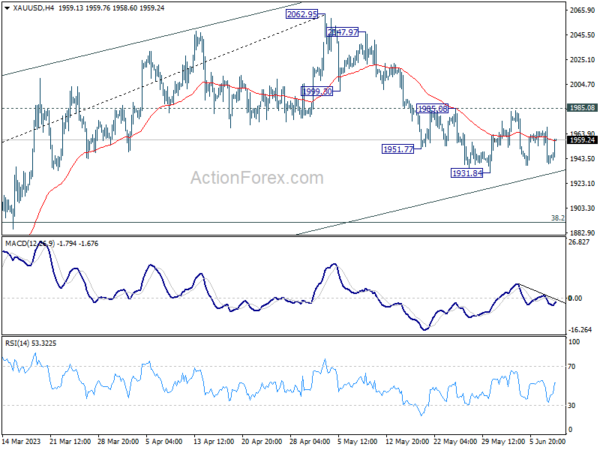
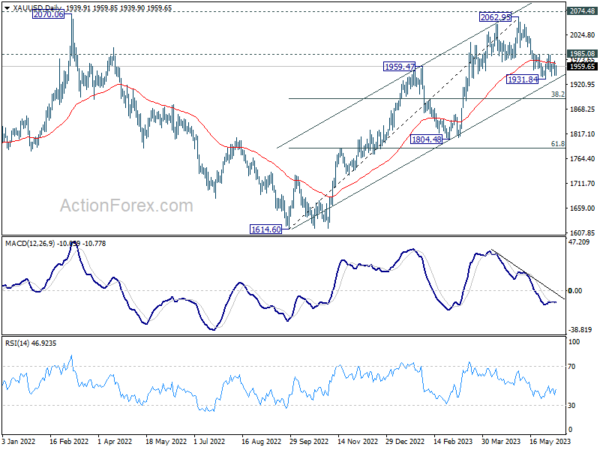
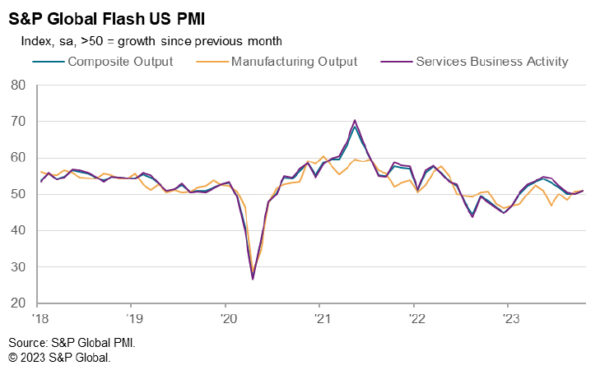
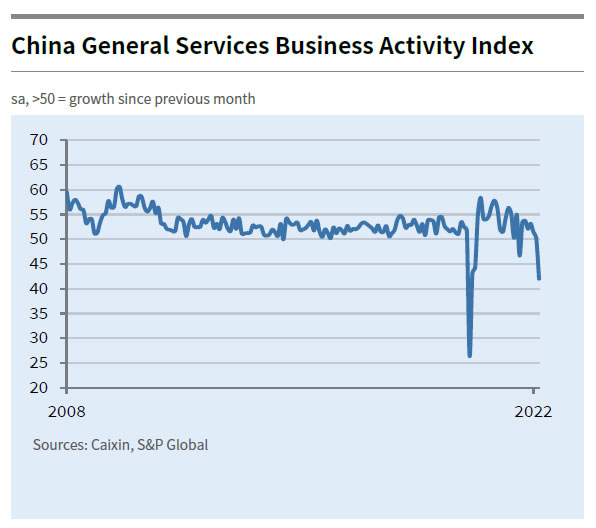
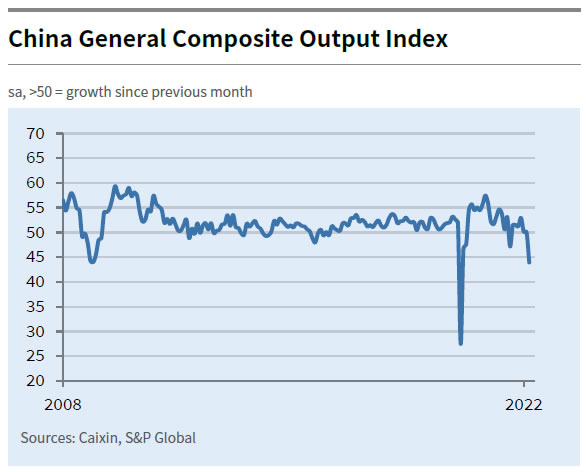
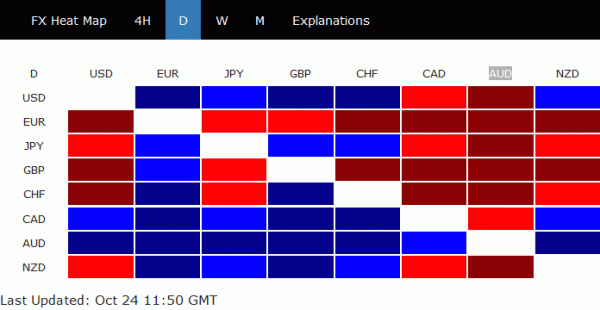

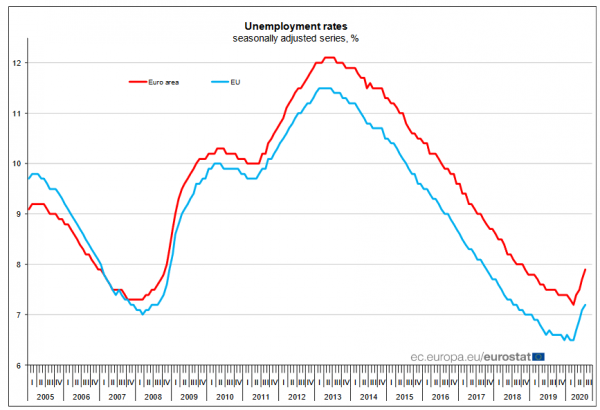
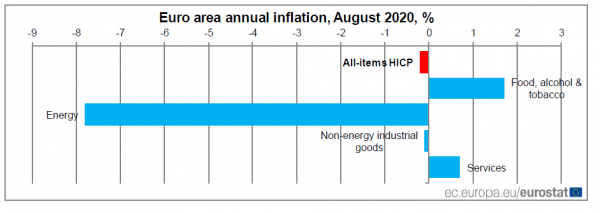
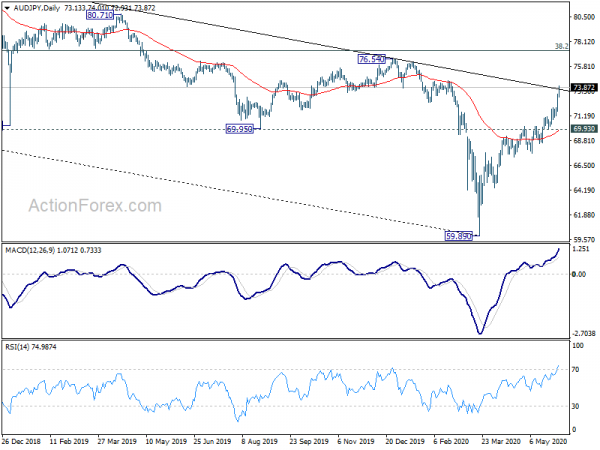
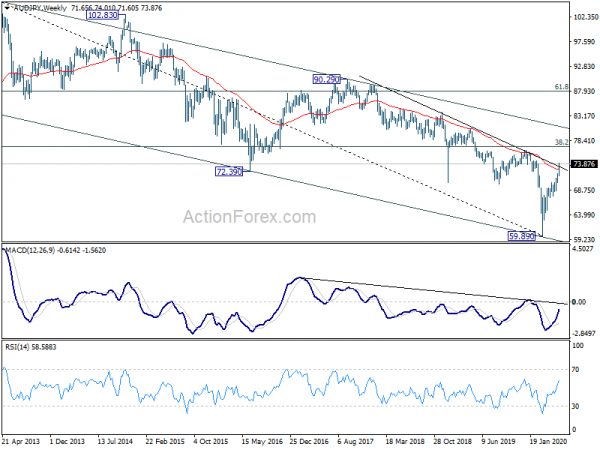
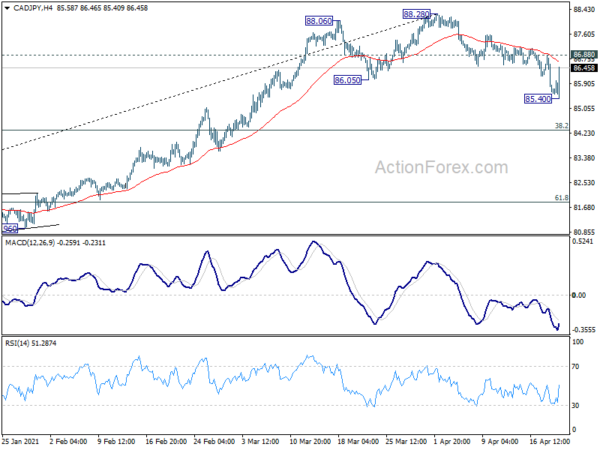
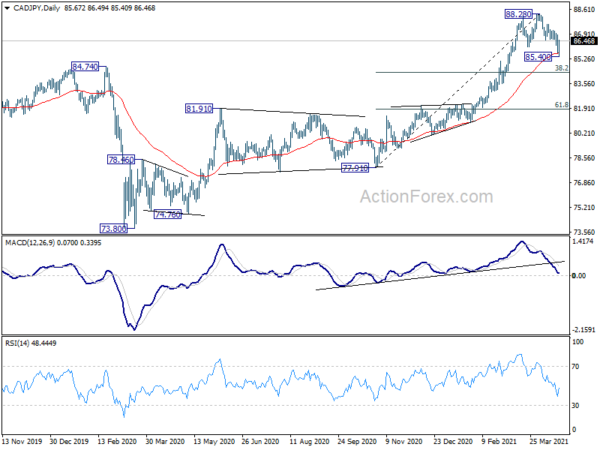
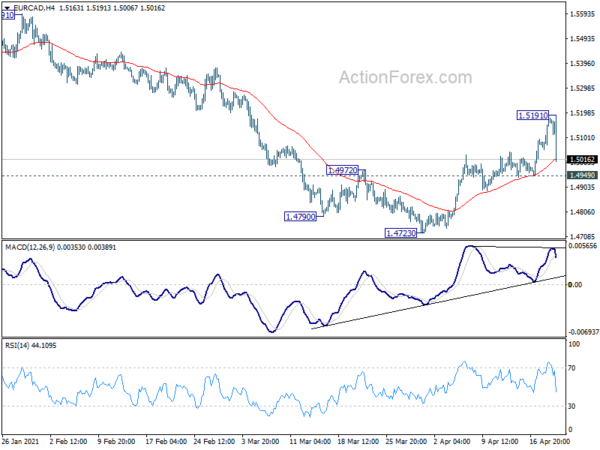
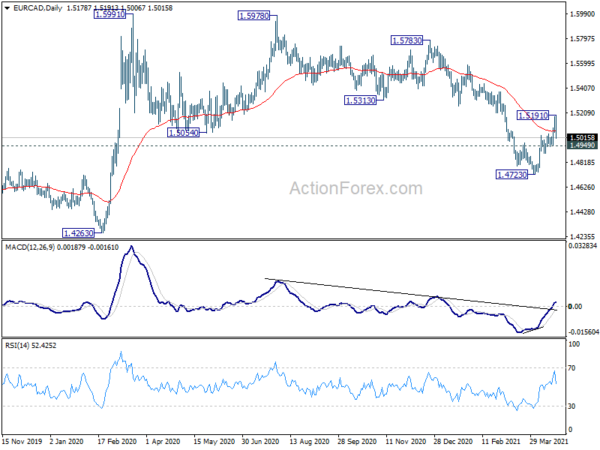
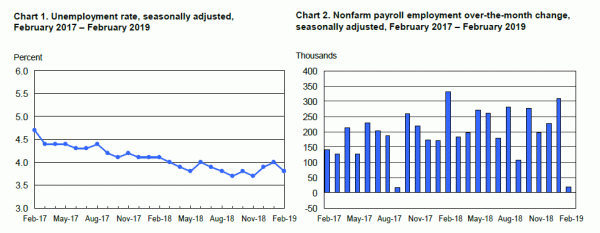
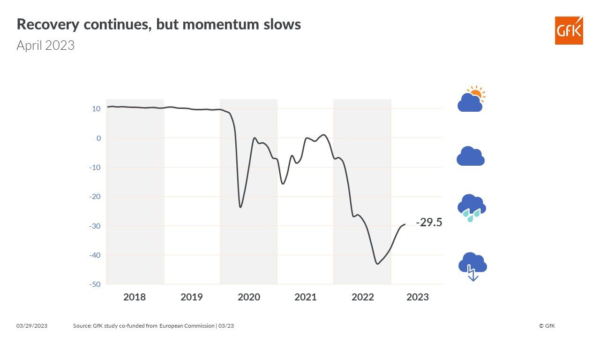
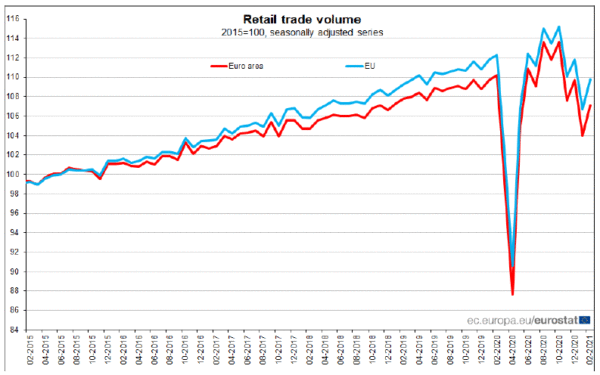

US embassy denies statement of release of pastor Brunson
Lira has a quick dip in early US session while Yen crosses recover in general. The trigger is a social media report that American pastor Andrew Brunson, will be released from house arrest by August 15.
The U.S. Embassy in Ankara, Turkey, quickly comes out and denies that it released related statement.
While the rumor is denied, the reactions in the markets argue that traders are ready to take any positive news to close out their positions. The worst of Turkish crisis might be temporarily over.